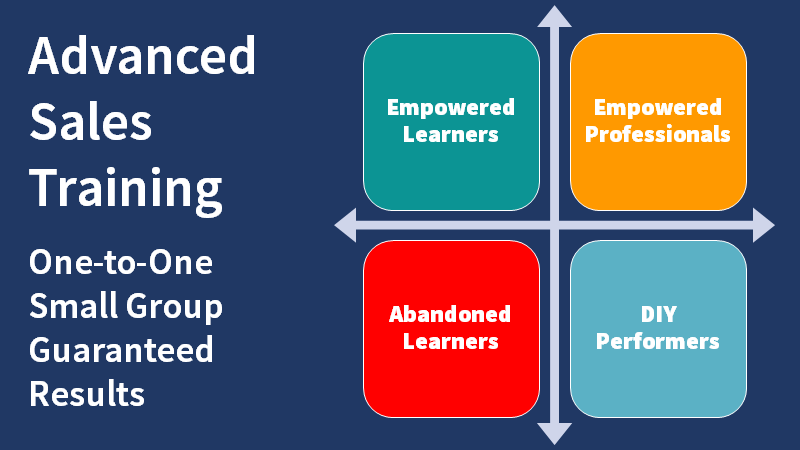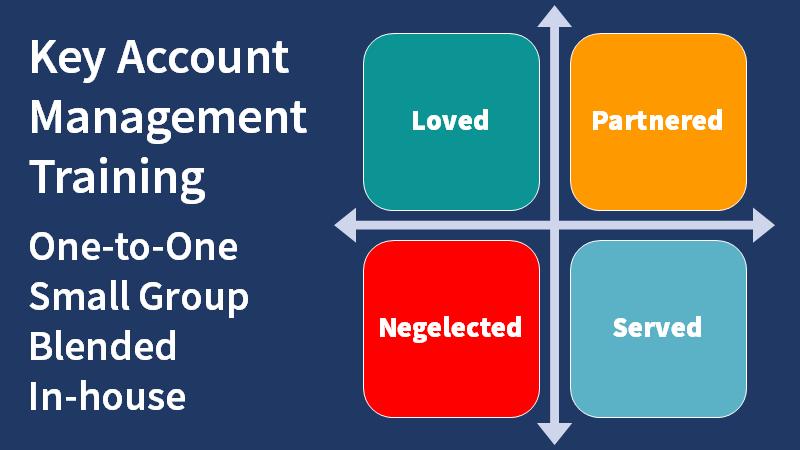What is mirroring in sales and why is it helpful?

Science is now revealing the secrets of persuasive communication. Neuroscientists are beginning to explain mirroring in sales and other functions in our brains that enable us to perceive the intentions and perhaps even thoughts of others. New learning reveals how those with the necessary skills, can lead another person’s thinking.
You will likely have heard of mirroring in sales as a technique for building rapport. Mirror neurons reflect the actions of others. These particular brain cells are widely associated with the capacity for empathy.
Empathy is one of a pair of traits often observed together in top sales performers – empathy and ruthlessness. Good empathy helps salespeople understand and sufficient ruthlessness enables them to take advantage. Mirroring in sales for persuasive communication rests first on understanding and then self-control.
This is an influential article on the topic of mirroring:
The Art and Science of Mirroring – Carol Kinsey Goman
In "The Art and Science of Mirroring" by Carol Kinsey Goman, the author discusses the concept of limbic synchrony—our subconscious imitation of another person's body language to express agreement and connection. This phenomenon, deeply rooted in our neurology, is exemplified through the activation of mirror neurons, which play a crucial role in empathy and social interaction. Goman highlights how mirroring can enhance business relationships and leadership effectiveness by fostering rapport and empathetic connections, making it a strategic tool in communication and management.
Empathy and Sales Mirroring
You may have caught yourself wondering what another person is thinking. Perhaps you are aware of posing a thought question, Can I trust what I am hearing? Is he or she really interested or just playing along?
The stunning implication of mirror neuron research is that we have the ability to literally feel another person’s feelings. If we can feel another's feelings, we can intuit their thoughts and judgements.
Perhaps more disturbing is the idea that salespeople can intuit our thoughts by mirroring our body language and then lead thinking through shifts in their body language. Those who can use their non-verbal signals on purpose may have an edge over those who don’t or can’t. Mirroring in sales is certainly an advanced skill that might be mastered with persistence and practise.
Here is a related illustration of the power of your brain:
How to Control Someone Else's Arm with Your Brain
Sounds weird right?
This is an excerpt from the video transcript of Greg Gage's Ted Talk:
"So now I'm going to hook you up over here so that you get the stimulus. It's going to feel a little bit weird at first. This is going to feel like a, when you lose your free will and someone else becomes your agent, it does feel a bit strange."
Follow this link and watch a video demonstration that illustrates how our brains are a tightly integrated part of our bodies:
Key Aspects of Sales Mirroring
Matching body language including posture and gestures, helps convey that you are on the same wavelength as people you are speaking with. This fosters a subconscious connection.
Adopting a similar tone of voice, pace, and volume makes people feel you are in tune with them. It also helps to use similar vocabulary and speech patterns to mirror a person's communication style.
Subtlety and authenticity are key to effective sales mirroring. Overt mirroring can seem insincere or even mocking. It’s important to be authentic while adapting to the prospect's style to avoid seeming manipulative.
What are Common Sales Mirroring Mistakes People Make?
Mirroring in sales involves subtly mimicking the behaviour, speech patterns, and body language of potential customers to build rapport and create a sense of trust and understanding. While it can be an effective technique when used correctly, there are several common mistakes that salespeople make when trying to employ sales mirroring. Here are some of the most frequent errors:
Overdoing It
Being too precise in your mirroring draws attention to it. Making the mirroring too apparent can cause the customer to feel uncomfortable or manipulated. Over-enthusiastic copying of gestures, postures, or speech can come across as mocking or insincere. If the customer notices they are being mirrored, it can break trust rather than build it.
Mirroring Too Soon
Starting to mirror too early in the conversation, before establishing any level of rapport or connection, can feel intrusive. Failing to take the time to observe and understand the customer’s natural behaviour before mirroring can lead to awkward interactions.
Focusing Solely on Body Language
While body language is important, ignoring verbal cues such as tone, pace, and vocabulary can lead to ineffective communication. Focusing too much on physical mirroring can distract from active listening, which is crucial for understanding the customer's needs. If you mirror some aspects of another's body language but not others, your efforts will send an inconsistent message. For example, mirroring posture and mannerisms but not matching speech. Even if not noticed, the incongruity may make the other person feel uncomfortable.
Cultural Misunderstandings
Different cultures have varying norms for personal space, gestures, and communication styles. Ignoring these differences often leads to misunderstandings.
Personality Differences
Everyone is unique. It is rare to meet someone with an identical personality and style yet we read others with our own map. Failing to recognise and adapt for the personality and communication style of others before attempting to mirror in sales causes efforts to founder.
Authenticity
Mirroring should enhance authentic interactions, not replace them. Customers can sense when a salesperson is not genuinely interested or is simply going through the motions. Mirroring should be consistent with the salesperson's natural behaviour and communication style. Sudden shifts or inconsistencies can make the interaction feel forced.
Forgetting the Purpose of Sales Mirroring
Focusing too much on making the sale rather than building a genuine relationship can lead to robotic and mechanical mirroring, which can alienate the customer. Mirroring should be used as a tool to enhance trust and communication, not as a manipulative tactic to push sales.
Misinterpreting Customer Signals
If a customer seems uncomfortable or disengaged, continuing to mirror may worsen the situation. It's important to be perceptive and adjust the approach as needed. Sometimes, mirroring isn't effective for certain customers, and recognising when to stop is crucial for maintaining a positive interaction.
Mirroring in a Group Setting
Attempting to mirror an individual in group settings can become obvious to other people in the group. Mirroring more than one person at a time is complex and much more prone to the mistakes outlined above.
Mirroring can be a powerful tool in sales, helping to build stronger connections with clients and facilitating more effective communication. However, it's essential to use this technique judiciously and with genuine intent to foster real connections rather than simply manipulating the conversation.
How to Learn Mirroring in Sales
So what should you do if you want to develop your sensory acuity, sales mirroring, and persuasive communication skills? What should you do if you want to learn how to read and control other people’s minds . . . or just defend your own? Here are some specific steps that you can take:
- Before an important meeting begins, remind yourself to notice the trivial things like posture, limb position, breathing, eye movement, facial expression, tone, cadence, intonation, volume, emphasis etcetera. Once in the meeting, try to do this without disrupting the normal flow of conversation. Don’t act on anything you notice. To begin with, just observe.
- After each meeting, write down what you observed and reflect on its meaning.
- Do this for every meeting until it becomes habitual. It might take 20 or more meetings.
- Next, expand your post-meeting notes with careful observations of your nonverbal reactions to the dialogue and the nonverbal reactions of other people in the meeting.
- Keep this up until you habitually pay much more attention to your body language and that of others. Make it a habit.
- Next, include observation and use of nonverbal language in your meeting preparation. Plan to establish rapport through matching and mirroring. Note how you will know if you have succeeded. Plan how to lead the other person to think the thoughts you want them to and share things you want them to share.
Keep following the development programme until it is second nature and you have mastered the ability to match, mirror, achieve rapport and lead so that others willingly and unconsciously follow your thinking.
Article by Clive Miller
If you want to learn mirroring in sales or how to improve persuasive communication, get in touch. Telephone +44 (0)1392 851500. We will be pleased to discuss your needs or talk through the options. Alternatively, email custserv@salessense.co.uk or use the contact form here.












